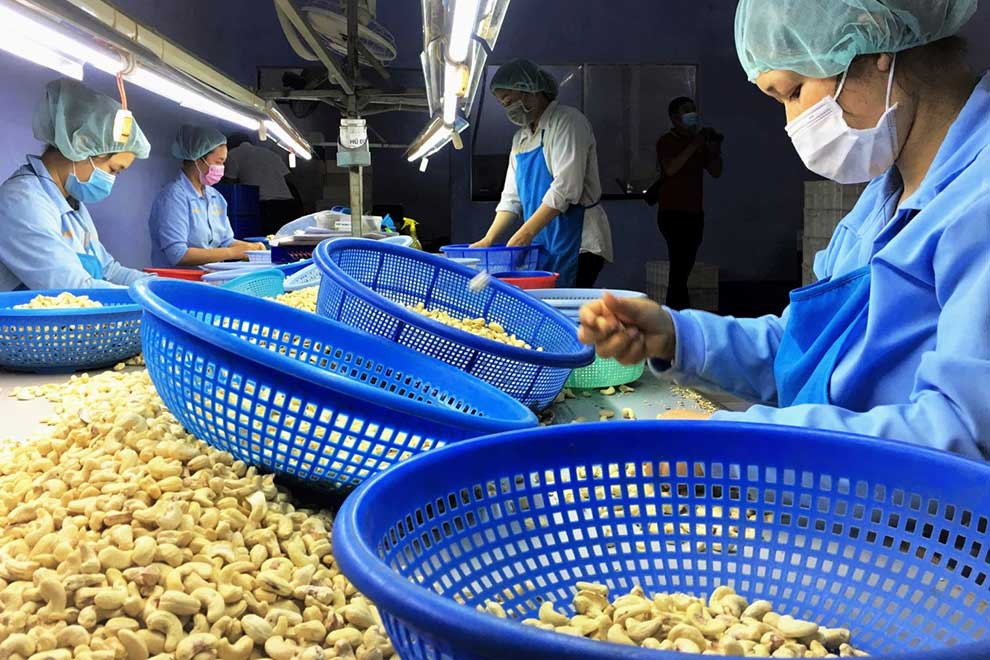
Black pepper prices soar in 2025 due to low global supply, U.S. tariffs, and poor weather in key regions. Shortages and rising costs expected into 2026.

Vietnam's Cashew Export Market: Growth and Challenges in 2024
In the first half of 2024, Vietnam's cashew nut export turnover surged by 18.7%, reaching $1.94 billion, according to the General Department of Customs. This growth highlights Vietnam's significant role in the global cashew market, despite facing challenges such as rising raw material costs and fluctuating export prices.
Record High Prices Amid Supply Constraints
Post-harvest season in 2024 saw unprecedented hikes in cashew prices due to reduced cultivation areas and supply shortages. The cost of raw cashews in Vietnam and imported varieties spiked sharply, reaching 50,000-55,000 VND/kg, more than doubling the prices from the harvest season. The Vietnam Cashew Association (Vinacas) attributes this to suppliers withholding deliveries or demanding higher prices due to poor harvests. As a result, processing plants face significant challenges, with some suspending production or awaiting price drops.
Export Performance and Market Insights
Despite the high raw material costs, Vietnam's cashew exports have shown resilience. In the first five months of 2024, export volume increased by 29.7% to 285,102 tons, with a value of nearly $1.54 billion. However, the average export price per ton fell by 8.4% compared to the same period in 2023, reflecting the complex dynamics of the market. Notably, the export price to major markets like the United States and China dropped by 8.4% and 7%, respectively.
Key Export Markets
The United States remains the largest market for Vietnamese cashews, importing 93,105 tons (26% of total exports) and contributing $505 million in turnover, up 16% from the previous year. China follows with 65,837 tons, a 63% increase, and $362 million in turnover, up 39%. Other significant markets include the Netherlands, Germany, and the UAE, all showing substantial growth in import volumes and values.
Sustainable Development and Future Prospects
Vietnam's dominance in the global cashew market, accounting for over 75% of exports, is bolstered by advanced processing technologies. To sustain this growth, the Ministry of Agriculture and Rural Development's Steering Committee for Agricultural Product Market Development urges cashew businesses to invest in developing raw material sources. This includes supporting and signing contracts with local growers to ensure stable supplies and reduce dependence on imports. Strengthening linkages and enhancing deep processing activities are also essential to meet diverse consumer demands and boost competitiveness.
Conclusion
Vietnam's cashew export market is navigating through a period of significant growth and challenges. The rising prices of raw cashews, driven by supply constraints, pose hurdles for producers. However, with strategic investments in raw material development and processing, Vietnam is poised to maintain its leadership in the global cashew market and aim for new export records in the coming years.

